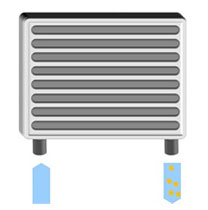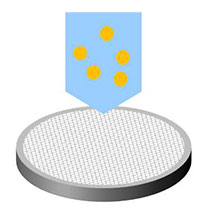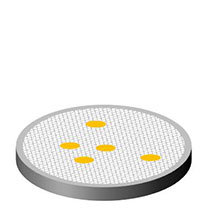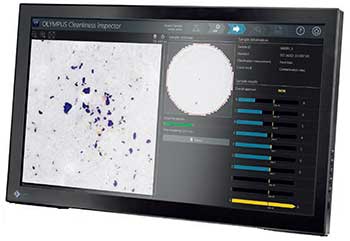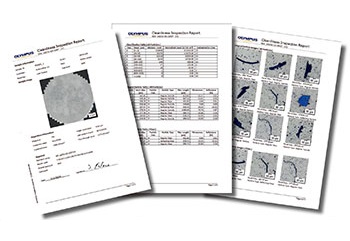1. Background
A vehicle’s overall quality is equal to the sum of its parts, and it is imperative for manufacturers to maintain rigid standards of excellence for every component. Manufacturers must also take into account requirements such as emission reduction, fuel efficiency, long-term durability, and regulatory standards. The increasing complexity of auto parts and components also requires manufacturers to place a strong emphasis on material characteristics, fitting tolerances, and technical cleanliness, which all play a strong role in the long-term durability, durability, and life-expectancy of the final product.
Particle contaminants can directly affect a part’s reliability, especially when the part is assembled using components from multiple suppliers. As systems and components shrink, even the smallest particles can cause catastrophic failure, making it essential to assess the technical cleanliness and integrity of components and liquids.
2. Application
The coolant flowing through a radiator’s tube helps cool an automobile’s engine. If contaminants are left inside the tube when a radiator is manufactured, it may decrease cooling efficiency and even damage the engine. The inside of the tube is thoroughly cleaned throughout the manufacturing process, and the cleanliness level rigorously inspected.
To inspect the cleanliness of a radiator tube, cleaning liquid is circulated inside the tube and then passed through a membrane filter. After the membrane filter is completely dried, the particles trapped on the filter surface are counted and measured to evaluate whether the cleaning was sufficient (Figure 1).
|
|
|
Figure 1. The process of inspecting the cleanliness of a radiator tube.
3. The Olympus solution
Designed to meet the cleanliness requirements of national and international directives such as ISO 16232-10 (A) (N) (V), VDA 19.1 (A) (N) (V), ISO 4406, ISO 4407, ISO 12345, NAS 1638, NF E48-651, NF E48-655 and SAE AS4059, the OLYMPUS CIX100 is a dedicated, turnkey system counting, analyzing, and classifying micron-sized contaminants and foreign particles down to 2.5 µm. The system’s all-in-one-scan solution enables scans to be completed twice as fast as other inspection systems since metallic and non-metallic particles are detected simultaneously. All counted and sorted particles are displayed live while powerful tools make it easy to revise inspection data. The system’s intuitive software guides users through each step of the process, allowing even novice operators to quickly and easily acquire cleanliness data.
A statistical control chart function visually illustrates the level of particle class compliance for improved reliability while thumbnail images of every contaminant detected by the system are linked together with dimensional measurements for easy data review. Users can also easily retrieve the information for a particular contaminant using standard Microsoft Word templates (Figure 4). The system’s data storage capacity ensures access to reports and decisions for lont-term storage and review if necessary, and the scanned membrane is automatically saved for reprocessing or recalculation.
Figure 2. Image processing discriminates between contaminant types captured by the Technical Cleanliness Inspection System. |
Figure 3. A cleanliness analysis report. |
